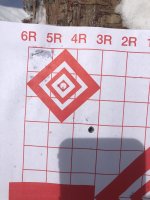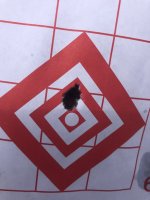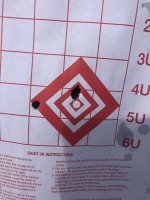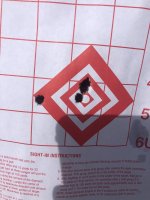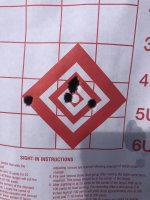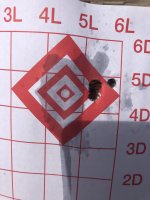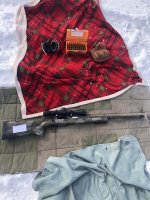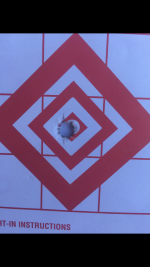I definitely won't rule out the scope. I have had my share of issues with Vortex on a (well technically multiple) AMG. The customer service was great. The scope still is not, but it functions (for now at least.)
I do question the testing. There was a thread on here some years ago where comp shooters were testing all manner of things that could effect your zero with drops or impacts, even small impacts. It was identified by some very good comp shooters that bedding, the clearance of barrel thread to receiver thread fit, barrel torque, scope bases, and scope rings could all effect the systems zero.
The conclusion was that chassis or stocks needed to be bedded to support the action on the sides tightly, (a bedding block was not sufficient), a tight thread fit between barrel tenon and receiver is preferred, and certain brands of rings held zero well while some could easily induce .3 mil shifts with minimal side impact to the scope. I wish I new how to find the old thread.
My point is, when all of these things were attributed to a system losing zero somewhat by shooters with top of the line gear that can shoot very well, how can we possibly blame the scope when it could be any number of things as discussed above?
As far as just thinking about this problem,
@koshkin has an article on his site (or perhaps
one of his sites; not sure how many he has now) that talks about scope
Durability vs Repeatability. I cannot link directly so you’ll have to use the “find” function of your browser once you are on the page.
I think you have a very good point about confounding factors when trying to get to the bottom of why a rifle loses its zero. I remember the post you mention…I’ll try to find it.
As you say, there is a “practical” holding of zero (how does a scope hold zero on my rifle?), which people mainly discuss and that really involves a whole system: rings, torque, scope, base, bedding, etc. And then there’s the “absolute” ability of a scope to hold zero (just the scope). You may quibble with my word choices but you get the idea.
To really test that last bit, I’m sure there’s a way, but I’m not sure how a regular dude could test it. As you throw the scope about you cannot have it mounted to, say, a Badger Dead Level (BDL), as then you’re going to be simultaneously testing the rings, the ring torque, the BDL, and the ring base torque at the same time. This is not even considering the fixture you’d have to build to index the BDL at the target once you’re done with the abuse. All you’ve eliminated is the rifle bedding/barrel-receiver interface/rifle’s scope base etc.
But if you cannot have the already scope attached to anything (rings, rifle, etc) in order to test how well it (and only it) holds zero, then how can you know if the zero has shifted? Scope manufacturers surely have extremely solid fixtures with a repeatable mount of some sort that stays pointed at the same spot in space. Perhaps their mount does not even squeeze the scope to isolate even that variable.
Unless you already have a rifle/ring/base/bedding/barrel-receiver-interface/etc that you somehow KNOW is so solid that you can confidently rule out those factors…? Again, beyond most guys’
ken.
I don’t know, but I’m sure koshkin or other engineer-y types have an answer.
@E. Bryant

